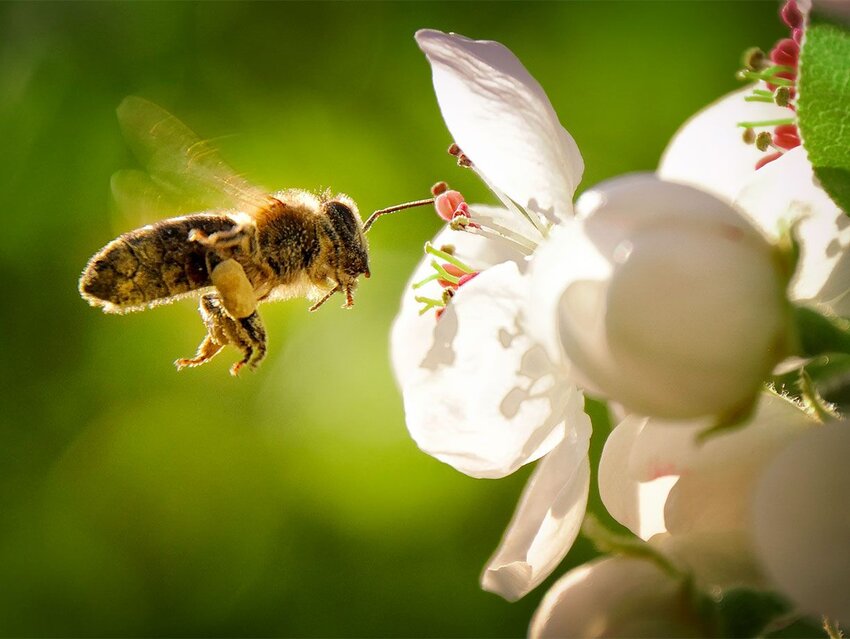Valentine’s Day is a $26 billion commercial holiday, replete with roses, chocolates, and romantic dates. When we think of this holiday, we probably don’t picture a Christian martyr. But that’s who might be responsible for the sappy occasion — and, according to Catholic tradition, the sweetness of our favorite local honey as well.
Who Is the Real St. Valentine?
The origin of Valentine’s Day is a bit complicated. The Catholic Church recognizes at least three different people named “Valentine” or “Valentinus” — all martyrs, creating some confusion over whom to really credit with the current version of the holiday. One of them openly defied orders from Emperor Claudius II — who had outlawed marriages for young men, saying they’d be better soldiers without wives — by performing marriage rituals in secret. Another, a bishop and St. Valentine of Terni, was beheaded by the same emperor. And still another story claims the inspiration for the romantic holiday came from a Valentine who was imprisoned for helping Christians escape the Romans. The legend says he fell in love with his jailer’s daughter and sent her letters “from your Valentine.”
St. Valentine’s role in the Catholic Church has evolved since the year 496 CE, when Pope Gelasius replaced the violent and traditional Roman pagan holiday, the Feast of Lupercalia (February 13-15), with the first “Valentine’s Day.” But even Gelasius wasn’t completely sure what he was doing — he referred to the martyr, whichever the “real” one was, as “being known only to God.” The church itself was so unsure of the real story that in 1969, it halted liturgical veneration of St. Valentine, though he’s still a recognized saint, distinguished only as “St. Valentine of Rome.” The lineage is further complicated by the popularity of the name, which includes more than a dozen “St. Valentines” and a pope.
The Birds and the Beekeepers
One of the St. Valentines was a physician who used beeswax as a remedy for ailments. This, in addition to cultural and traditional associations of honey as an aphrodisiac, likely contributed to the link between bees and the holiday of love.
Saints are expected to perform certain roles or duties in the afterlife, and St. Valentine isn’t exempt. In addition to watching out for beekeepers and honey’s sugar content, he manages a variety of other responsibilities, such as the lives of lovers (including engagements and happy marriages), epilepsy, plague, fainting, and traveling.
The true connector of the holiday, the term “valentine,” and the idea of a day for love was Geoffrey Chaucer. He is best known for penning The Canterbury Tales, but he included references to the holiday in the late 14th-century poem “The Parliament of Fowls.” The main plot of the poem, potentially written to honor a grand marriage between King Richard II of England and Anne of Bohemia, involves birds choosing their mates. The poem designates “seynt valentines day” as having great potential for lovers. A publication from the University of North Carolina Chapel Hill explains that the poem is meant to focus on the Middle Ages’ version of idealized love, and also women’s increasing power within their own love lives.
Fast-forward a few hundred years, and the association between bees and Valentine’s Day has become even punnier. Cards line the shelves in January and February saying, “BEE my valentine,” with cuter-than-life versions of the flying insects circling hearts. Beekeepers and bee farms have taken note of the connection, too, even using it as a marketing scheme and asking consumers to consider bee-inspired gifts, such as honey lotion, honey, beeswax candles, and even bees themselves. It makes sense — sometimes love is sweet, and sometimes it stings.
Featured image credit: SusanneSchulz/ iStock

